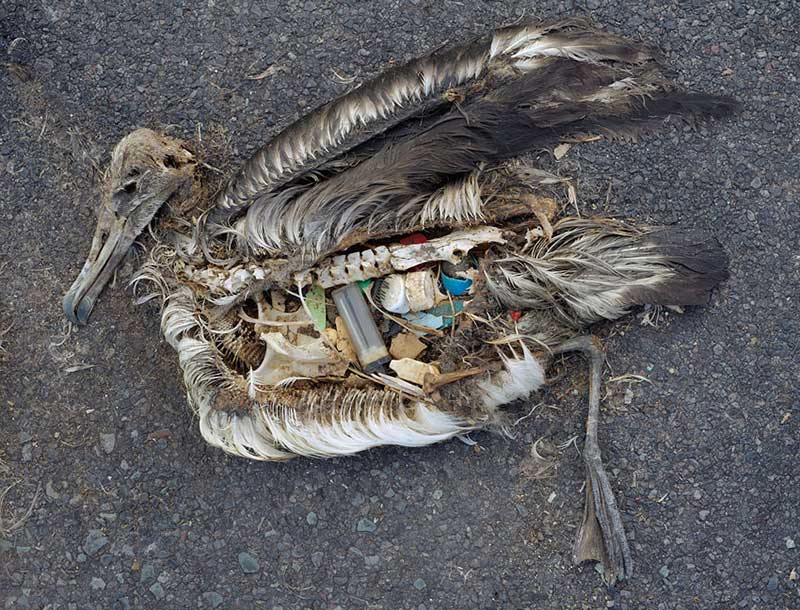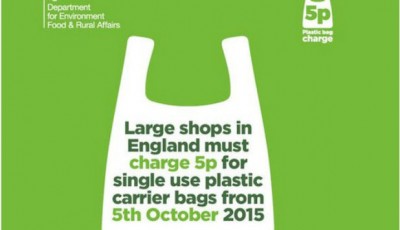Nearly All Seabirds Have Plastic Pollution in Guts
Based on current trends, the scientists predict that plastic ingestion will affect 99 percent of the world’s seabird species by 2050.
Some species of albatross and shearwaters seem to be the most prone to eating plastic debris.
Dr. Denise Hardesty from the CSIRO said seabirds are important for the health of ecosystem. The research determined that the highest concentration of plastic in birds where at the southern boundary of the Indian, Pacific, and Atlantic Oceans, which was quite surprising for scientists as the region was thought to be relatively clean.
According to a new study, most of the seabird species have already eaten plastic and it has been revealed that by 2050, 99 percent of them would have gulped plastic. Perhaps by reducing the amount of plastic we purchase, making our own cosmetics and toiletries at home, recycling responsibly, and encouraging others to lower their impact we can see these numbers start to stabilize and even go down, instead of skyrocket.
A new study from Proceedings of the National Academy of Sciences has shed light on the extent of the problem, including new information about just where most plastics are found today. “Seabirds’ ingestion of plastic is tracking with that”.
The plastic which is consumed by the seabirds enter into oceans from urban rivers and sewers.
According to researchers, birds frequently mistake the plastic litter for food and eat it. When a bird swallows plastic materials, like bottle caps, bags and plastic fibers from synthetic clothes, the trash can lead to the bird experiencing gut impaction, weight loss and, eventually, even death.
After decades of dumping plastic waste into the oceans-despite early warnings by environmentalists that continuing to do so would cause irreparable harm to marine life-the world is today facing the horrific consequences of its failure to heed those initial calls to action. For instance, plastic waste with sharp edges can kill birds by opening holes in their internal organs.
“Finding such widespread estimates of plastic in seabirds in borne out by some of the fieldwork we’ve carried out where I’ve found almost 200 pieces of plastic in a single seabird”, added Dr. Hardesty. In 1960, plastic was found in the stomachs of less than 5% of the population of these birds.
Hardesty notes that the opportunity still exists to change the impact plastic has on seabirds. She underlined the need to improve waste management in order to reduce the plastic induced threat to marine wildlife.
“Thus, between 2015 and 2026, we will make as much plastic as has been made since production began”, said the study.










